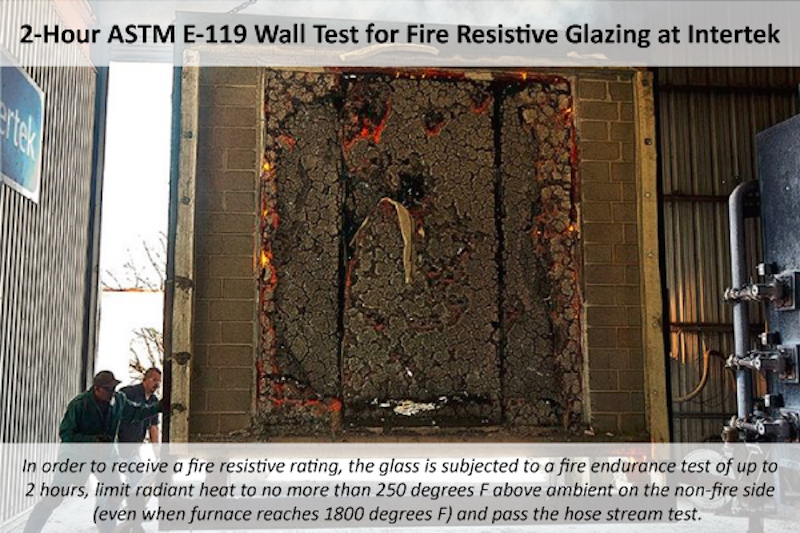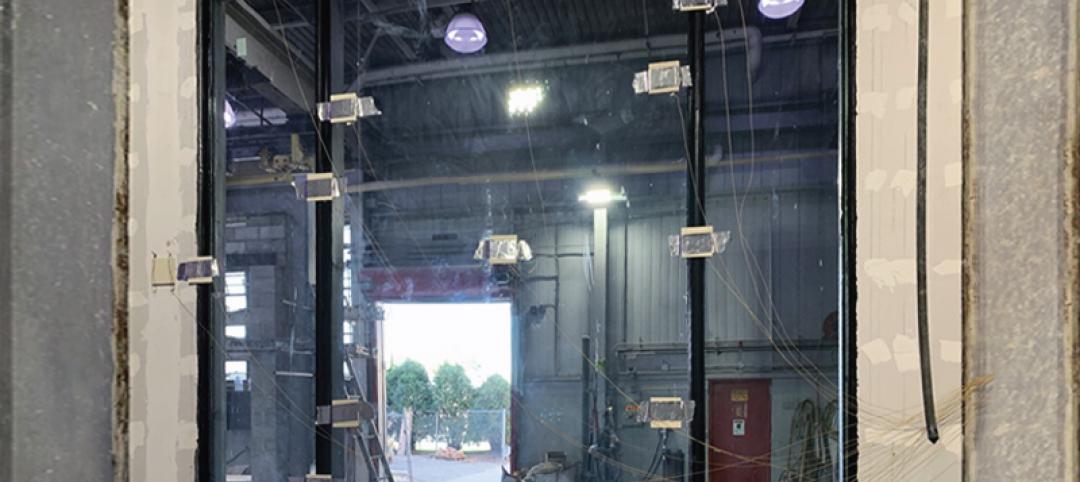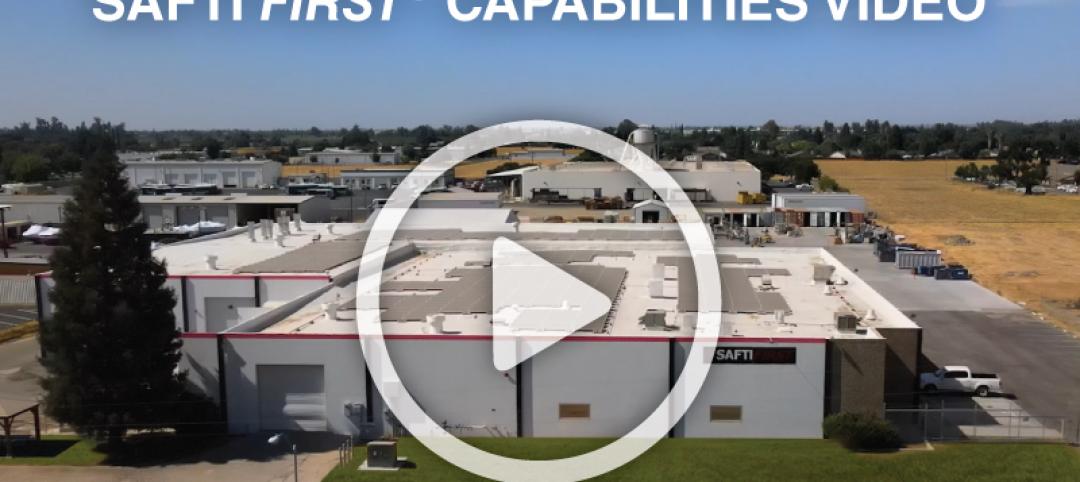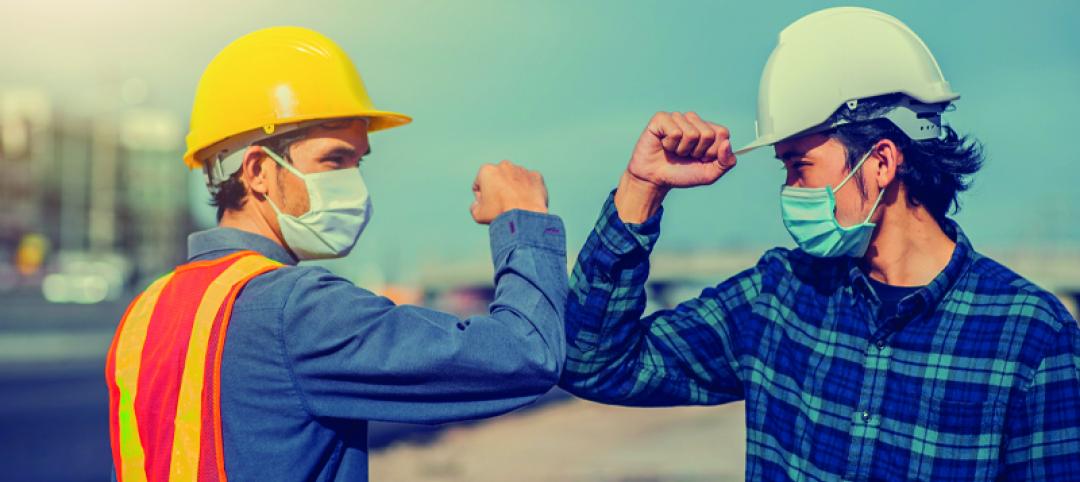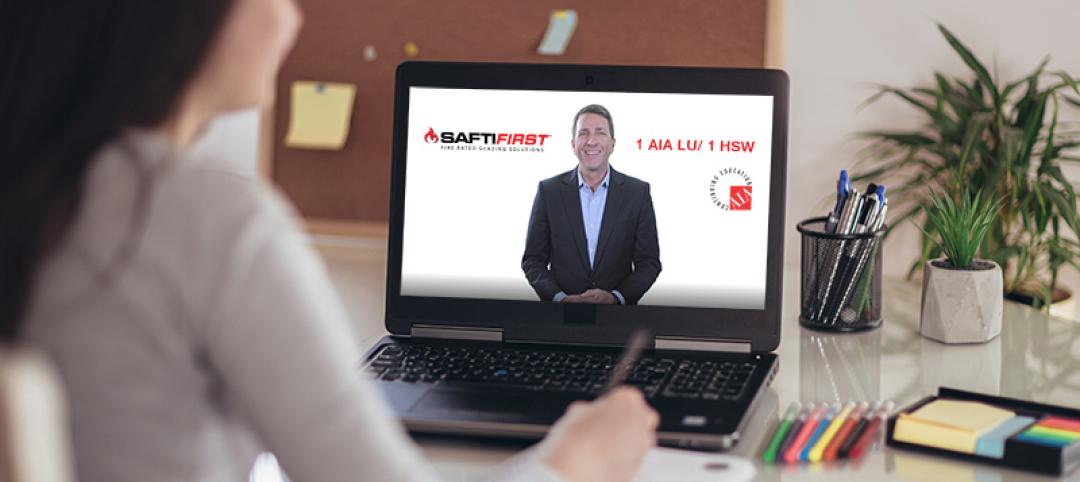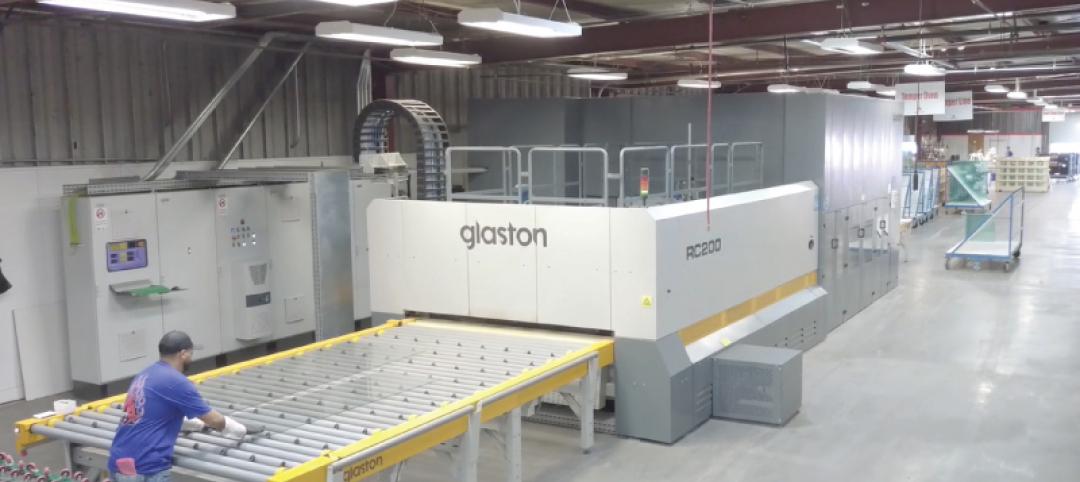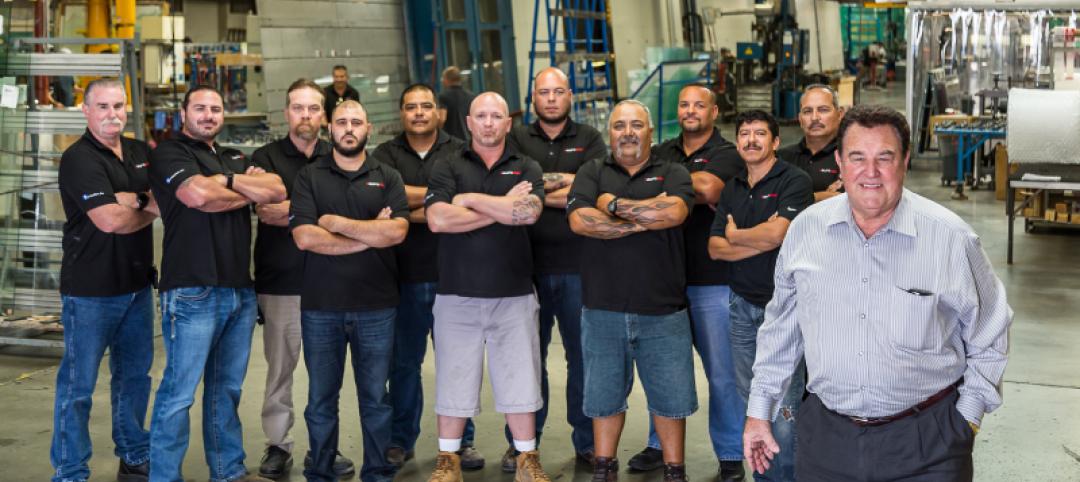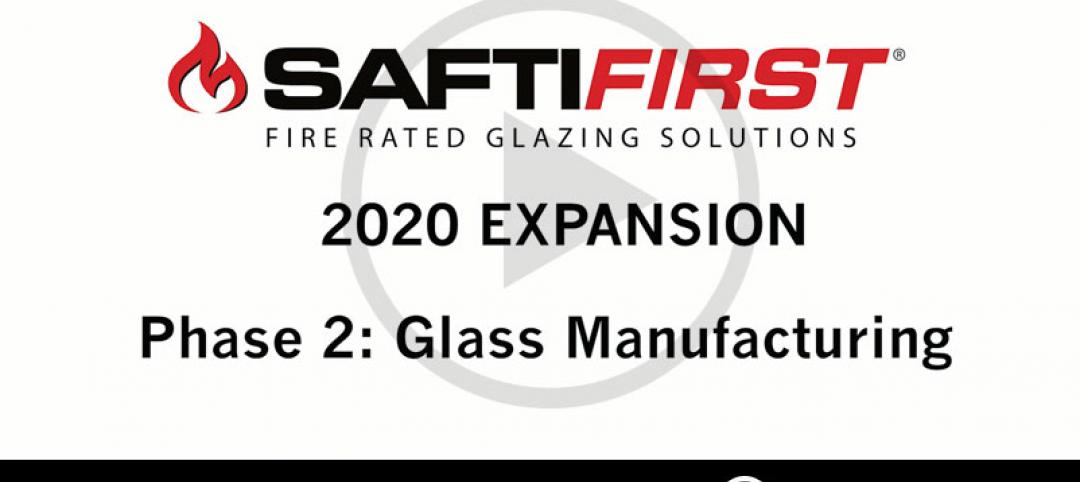Between regular updates to fire rated code requirements in the IBC and several fire rated glazing product choices, choosing the correct and code approved fire rated glazing product can be confusing. This why over the years, we’ve come up with several articles, newsletters, technical bulletins and case studies on several topics ranging from IBC updates, code requirements, unique applications, and so on.
There are some questions from architects, designers and glazing contractors that seem to come up more frequently than others, and we’ve compiled them in a quick FAQ below. If you have a question on fire rated glass and framing that is not addressed below, feel free to contact us directly online or call us toll-free at 888.653.3333 and we’ll be happy to assist you.
What is the difference between fire protective vs. fire resistive, and why is it so important?
The main difference between fire protective vs. fire resistive glazing is the ability to limit the passage of radiant heat. Left uncontrolled, radiant heat can prevent safe egress and cause severe and even fatal injuries to building occupants within 10 minutes of a fire, even if the smoke and flames are contained. To demonstrate that building products can limit radiant heat, it must meet the ASTM E-119 wall standard. Simply put, listed fire protective glazing materials do not limit radiant heat and cannot meet ASTM E-119; listed fire resistive glass effectively limits radiant heat and meets ASTM E-119.
This distinction is important to know because products that cannot limit radiant heat – which is the case for all fire protective glazing – are subject to application and size limitations under the IBC. Because it doesn’t limit radiant heat, fire protective glazing used in most applications is limited to 25% of the wall area in all approved applications and is limited to only a 100 square inch vision area in 60, 90 and 180 min. door vision lites. This is only allowed due to the small aperture for radiant heat to pass. The only other use allowed by code is in 45 and 90 minute exterior openings, and even this is limited and determined by the fire separation distance and size limitations apply.
The important thing to remember is that the only limit fire resistive glazing has is the size they have been tested to in their ASTM E-119 listing. The ASTM E-119 testing limits radiant heat and meets the wall test standard, and therefore, can be used in all applications up to 2 hours (or more, in some cases) up to the maximum size tested.
If ceramics are fire rated up to 180 minutes, does it mean I can use it all applications rated 20, 45,60, 90, 120 and 180 minutes?
No. All ceramic glazings are fire protective and have application and size limitations in the IBC because they cannot limit the passage of radiant heat (see fire protective vs. fire resistive). Even if they are listed and advertised as “unlimited” with ratings up to “3 hours,” they have restrictions for their use that is dictated by code. Remember, manufacturer’s listings do not equal code compliance. Here are the only applications where ceramics are allowed based on the IBC:
- For use in 20-45 minute fire protective doors up to the maximum size tested.
- 20-45 minute fire protective openings in 1 hour fire partitions, corridors and smoke barriers. However, their use is limited to an area that is less than 25% of the wall area in which they are placed.
- Door vision lites limited to a 100 square inch rectangle in 60-90 minute doors used in fire barriers and exit enclosures (most typical being 1 and 2 hour rated stairwells). They cannot be used in sidelites, transoms or other openings in 1 and 2 hour rated fire barriers and exit enclosures, even though they have the 100 square inch listing for 60-90-180 minutes in doors.
- In 180 minutes door vision lites, 100 square inches of protective glazing is allowed where approved.
- There are applications where ceramics are allowed in 45 and 90 minute exterior openings but that is also dependent on fire separation distance and size.
See this chart for a list of ceramic listings vs. IBC limitations and requirements.
To exceed these application and size limitations, fire resistive glazing must be used.
Has the IBC banned wired glass in commercial construction?
No. Contrary to what some believe was a restrictive code change, wired glass has not been banned from use. However, its use has been significantly limited since the 2003 IBC, due to over 2,500 wired glass injuries reported every year. Any type of glazing – wired glass included – must now meet CPSC impact safety requirements when used in a hazardous location, such as doors sidelites, and other areas in Chapter 24 of the IBC.
Unfilmed, non-safety rated wired glass can still be used in fire protective glazing and common glazing applications that are not in doors, sidelites or hazardous locations. However, its use is still limited to 25% of the wall area. There are US-made, non-wire and tint-free economical alternatives to traditional wired glass that meet all the fire and safety requirements for 20-45 minute applications. These are highly tempered glazing such as:
SuperLite I is a clear, 20 to 30 minute, specialty tempered product meeting CPSC Cat. II impact safety. This type of glazing is used primarily in 20 minute door vision panels (the hose stream test is not required in this application). SuperLite I is one third the cost of filmed ceramics and one twentieth the cost of laminated ceramic when used in the same applications, has higher impact, better breakage characteristics and is made in the USA.
SuperLite II-XL 45 is a clear fire protective product with fire resistive qualities and is fully code approved for all protective applications. It has fire resistive characteristics that provide additional safety from radiant heat – a significant benefit that neither filmed nor laminated ceramic or wired glass can provide. Click here to see a video on the effects of radiant heat through wire and ceramic glass. It also has better impact, better breakage characteristics and is made in the USA.
In a sprinklered building, can you increase the protective glazing vision panel size above 100 square inches in temperature rise doors in an exit/stairwell enclosure?
No. The 2012 IBC, which most jurisdictions now use, was amended to clarify that the maximum allowable vision panel in a 60 or 90 minute temperature rise door in an exit/stairwell enclosure is then limited to 100 square inches, regardless of whether the building is fully sprinklered or not. The only way to increase the size of a vision panel in a 60 or 90 minute temperature rise door is to use fire resistive glazing that meets ASTM E-119 such as SuperLite II-XL 60 or SuperLite II-XL 90. Also, the sidelites, transoms and other glazed areas in these areas like an exit/stairwell enclosure must use fire resistive glazing and framing such as the GPX Architectural Series that is rated equal to the wall, which is 1 hour for stairwells that connect 3-stories or less, and 2 hours for stairwells that connect 4-stories and more per Section 707.4 of the IBC. To see the IBC requirements for door assemblies in exit/stairwell enclosures, see Table 715.5 in the IBC.
More from Author
Bill O'Keeffe | Oct 19, 2020
Going virtual
Manufacturers use virtual platforms to help architects meet CEU requirements.
Bill O'Keeffe | Jul 16, 2020
Obsolete?
"Revolutional, affordable, USA made Fire Rated Glazing for all fire protective areas makes ceramic glazing obsolete". Check out SuperClear 45-HS and SuperClear 45-HS-LI to understand why!
Bill O'Keeffe | Feb 10, 2020
USA-made fire rated glazing goes big in 2020
We are pleased to announce and share that the second phase of this $8 million expansion, upgrading our fire rated glass manufacturing facilities in Merced, California, is underway.
Bill O'Keeffe | Nov 20, 2019
Demand for advanced, USA-made fire rated glazing “RAISES THE ROOF”
With architects specifying full-vision, code-compliant, 60 and 90 minute, temperature rise doors for exit stairwells and other code required applications, we found this as an opportunity to expand our product offerings.

